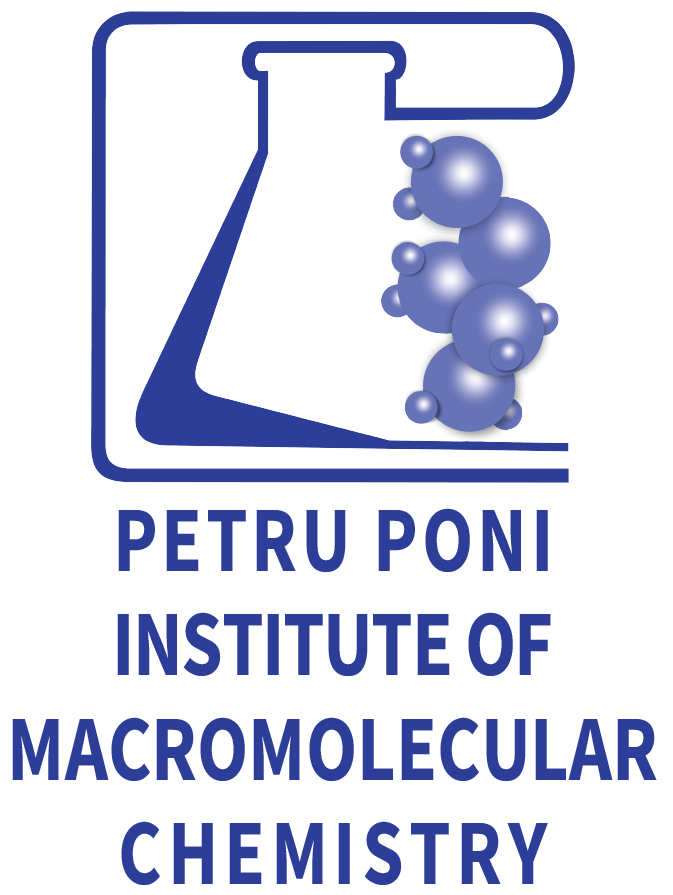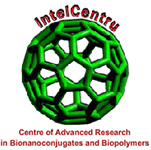| Home | Project Abstract | Objectives | Scientific Reports | Dissemination | News | Contact |
 |
The project synopsis
As a new and highly performant scientific domain, nanomedicine runs towards the zenith of real-world applications. Bio-pharma companies have already been mesmerized by the precision and versatility of nanomedicine "tools", and have begun a race headed to "connecting" their biologically- and pharmacologically-active molecules with such tools. Their exhortation: "We have the molecules, give us the tools!" addressed to scientists has stimulated inventiveness in the highly confined field of pharmaceutics. Supramolecular chemistry offered one distinctive set of such tools: the dynamic assembling nano-entities, including those of nanoplatforms of assembling-line type. The Nobel Prize winner Jean-Marie Lehn postulated (in the chapter named Constitutional Dynamic Chemistry: Bridge from Supramolecular Chemistry to Adaptive Chemistry, Topics in Current Chemistry, 2012; Vol. 322: p. 1-32. DOI: 10.1007/128_2011_256.) that non-covalent intermolecular forces convey chemical information contained in the (macro)molecules conformation, and therefore should act as a new dimension, the fifth, in the design and synthesis of functional macromolecular-scale entities. This idea enlivened the 5D-nanoP project.
A class of modern and non-conventional medicines, the inhibitors of carbonic anhydrase enzymes, was chosen as prototypal small-molecular pharmacologic effectors to be vehiculated by means of the nano-scale tool developed during the 5D-nanoP project. A three-sections library of such inhibitors was produced and tested, to cover the antibiotic, the anti-neoplastic, and the anti-obesity effects.
One of the distinctive directions developed into the frame of 5D-nanoP project was the harnessing of the conjugated conductive polymers (CPs) for smart biomedical applications, able to advance the emerging areas of biosynthesis mimicking, and bio-electronic interfacing, which are no longer just futuristic approaches but alternatives to the fastest growing pharmaceuticals. Nanoplatforms based on CPs capable of micellization were produced and tested as assembling-lines and carriers for different low-molecular biological effectors (see Figure S.1). Furthermore, the area of functional polymeric nanoplatforms was extended by silicon-based macromolecular constructs, which were tailored to become triggerable by means of the variation of physiologic factors, like temperature. Hypervalent silicon compounds (silatranes), and organofunctionalized silica provided well adapted characteristics for interfacing with the living-matter (see Figure S.2).
|
|
|
Figure S.1. (A)-Schematic representation of the adopted design criteria for synthesized fluorescent, water-self dispersible conjugated copolymers for the modulation of the micellar nanoplatforms' properties; (B)- Synthesis of water self-dispersible conjugated conductive polymers synthesized by Suzuki polycondensation. |
Biologically-active compounds and systems must be extensively tested before their use in clinical trials, or before their applications. This is why, 5D-nanoP project aimed and succeeded to develop ex vivo testing systems, of tissues and tumors surrogate types. All the small- and macromolecular compounds, regardless of their functional roles in generating nanoplatforms or in carrying medicines, were tested against the said surrogates.
|
|
Figure S.2. Silicas, silatranes, and their mutual derivatives proved to ensure the needed biocompatibility for being accepted as nanoplatforms and carriers for pharmacologically-active small-molecules. |
All the findings into the frame of 5D-nanoP project were supported by computational chemistry approaches, furnished by a solid "in silico" team. A significant contribution of this team was related to the elucidation of the mechanisms involved in supramolecular assembling and in active-compounds docking to their targets. Figure S.3 depicts an illustrative example of studying supramolecular functionality.
|
|
Figure S.3. Supramolecular conformation control of PTh-g-(PEG-ran-PCL) amphiphilic heterografted polymers by means of organic solvent, as a basis of branches exposure for further reactions or supramolecular interactions. |
| Designed & Maintained by CLICK NET SOLUTIONS |








